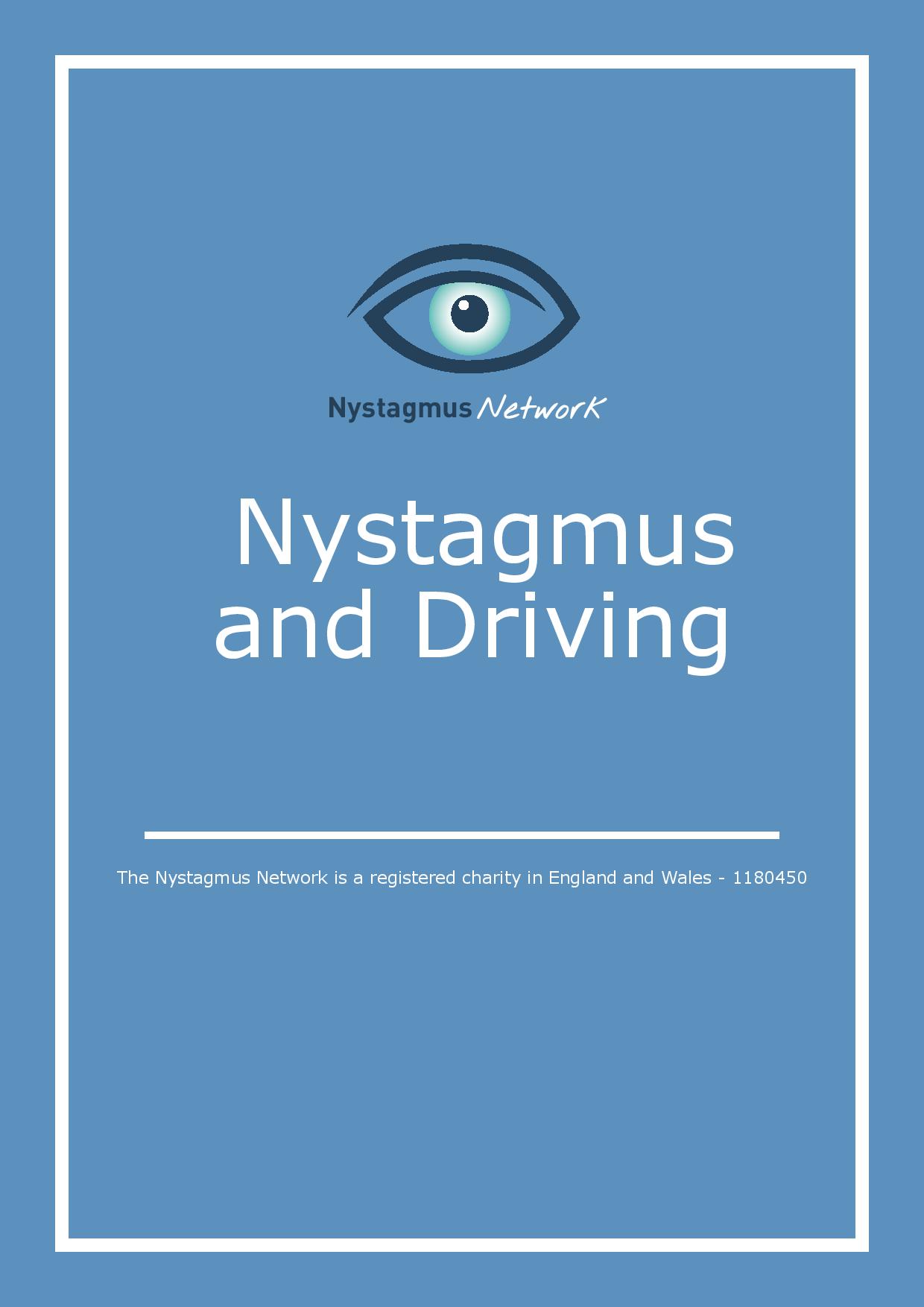Here is the latest update from the DVLA regarding driving licence services. As a result of the impact of the COVID-19 pandemic, Ministers at the Department for Transport have agreed to … Continue reading Renewing a driving licence


Here is the latest update from the DVLA regarding driving licence services. As a result of the impact of the COVID-19 pandemic, Ministers at the Department for Transport have agreed to … Continue reading Renewing a driving licence

Please download our guide to Nystagmus and Driving here This guest post is from blogger, Sophie who shares her experience of living, laughing and loving with nystagmus in her blog … Continue reading Nystagmus and driving by Sophie

Following the changes, earlier this year, to requirements around nystagmus and driving in the UK, we have asked a medical expert from the DVLA to come along to Open Day … Continue reading Let’s talk about driving at Open Day

An article recently published online by Everyday Health, discusses the effects of acquired nystagmus on an individual’s ability to drive. The author is an American citizen, living in New York … Continue reading Acquired nystagmus, MS and driving

To make sure you know all the facts about driving and nystagmus, please download your free copy of our fully updated information booklet today. DOWNLOAD HERE. Because of the hundreds … Continue reading Nystagmus and Driving – update